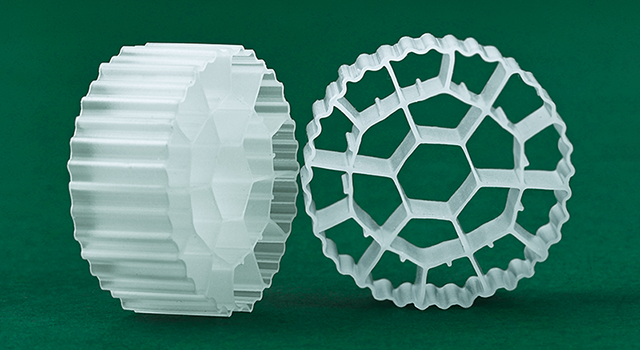High Concentrations of Organic Matter:
Food and beverage production involves significant organic materials such as proteins, fats, and sugars. The wastewater typically contains high concentrations of these organic compounds.
Complex Chemical Composition:
The wastewater may contain various complex chemical components, including residual food additives, preservatives, flavorings, and acidic or alkaline substances.
High Concentrations of Suspended Solids and Fats:
Production processes often generate suspended solids and fats, leading to the presence of these substances in high concentrations in the wastewater.
Temperature and pH Fluctuations:
Fluctuations in temperature and pH during the production process can result in variations in the wastewater's characteristics over different times and production cycles.
Environmental Regulatory Requirements:
The food and beverage industry is subject to stringent environmental regulations, and wastewater discharge must comply with relevant emission standards.



















